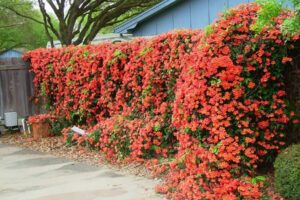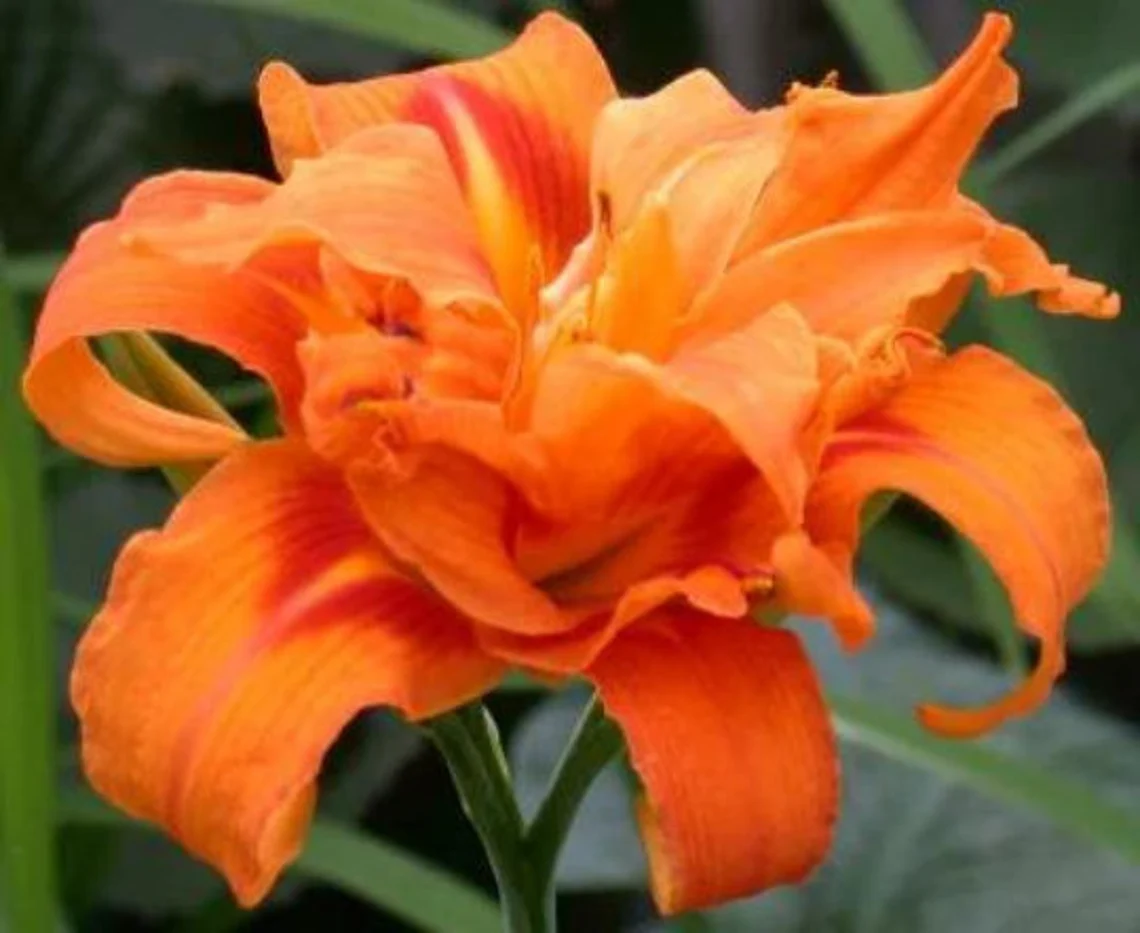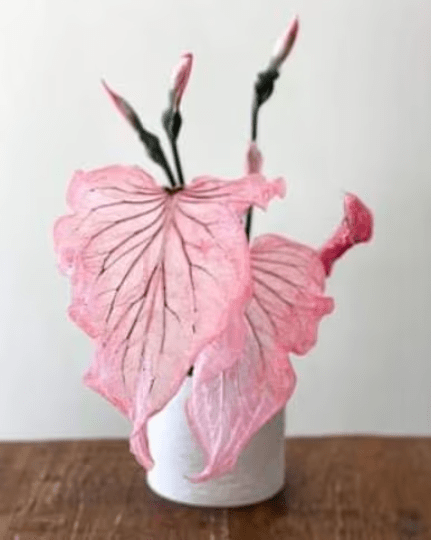Fireworks Grass
Fireworks Grass, scientifically known as Pennisetum setaceum ‘Rubrum’, is a stunning ornamental grass that has gained popularity in recent years. Its unique and vibrant appearance has made it a favorite among garden enthusiasts. In this blog post, we will explore the mesmerizing beauty of Fireworks Grass and why it can be a fantastic addition to your garden landscape.
1. A Burst of Colors:
Fireworks Grass gets its name from its explosion of colors. With long, arching blades that resemble exploding fireworks, this grass variety adds a touch of drama and excitement to any garden. The foliage starts off green at the base but quickly transitions into shades of purple, burgundy, and deep red towards the tips. This striking color combination creates a visual spectacle that is hard to ignore.
2. Versatile Landscaping:
One of the most appealing aspects of Fireworks Grass is its versatility in landscaping. Whether you have a small backyard garden or a large landscape to work with, this grass can be used in various ways. Planted in clusters, it can create a focal point in your garden, adding height and texture. Alternatively, it can be used as a border plant or mixed with other perennials and annuals to create a vibrant and dynamic garden bed.
3. Low Maintenance and Durability:
Fireworks Grass is known for its low maintenance requirements, making it an ideal choice for both experienced gardeners and beginners. It is drought-tolerant and thrives in full sun, but it can also tolerate partial shade. Once established, it is relatively self-sufficient, requiring minimal watering and fertilization. Its durability allows it to withstand harsh weather conditions, making it suitable for various climates.
4. Year-Round Interest:
Another advantage of Fireworks Grass is its year-round interest. In the spring and summer months, the grass produces fluffy, bottlebrush-like flower spikes that resemble fireworks exploding in the sky. These plumes sway gracefully in the wind, adding movement and a touch of elegance to your garden. Even in winter, the dried foliage remains attractive, providing texture and structure to your garden landscape.
5. Wildlife Attraction:
Fireworks Grass not only adds beauty to your garden but also attracts beneficial wildlife. The feathery plumes of the grass act as a magnet for birds, particularly finches, who use them for nesting material. The grass also provides a habitat for beneficial insects, such as ladybugs and lacewings, which help control pests in your garden naturally. Creating a welcoming environment for wildlife is an added bonus when incorporating Fireworks Grass into your landscape.
Care Guide
1. Watering:
Proper watering is crucial to maintaining the health and beauty of your Fireworks Grass. Water deeply but infrequently to encourage deep root growth and drought tolerance. Aim for about 1 inch of water per week, either through rainfall or irrigation. Water early in the morning to minimize evaporation and allow the grass to dry before evening.
2. Fertilizing:
Regular fertilization is necessary to provide Fireworks Grass with the nutrients it needs to thrive. Apply a slow-release, nitrogen-rich fertilizer in early spring and again in early fall. Follow the manufacturer’s instructions for application rates and timing. Avoid over-fertilizing as it can lead to excessive growth and weak roots.
3. Mowing:
Proper mowing techniques are essential for maintaining Fireworks Grass at an optimal height and preventing weed growth. Set your mower blades to a height of around 2.5 to 3 inches. Avoid cutting the grass too short, as it can weaken the plants and make them more susceptible to diseases and pests. Remember to sharpen your mower blades regularly for clean cuts.
4. Weed Control:
To keep Fireworks Grass looking its best, it’s important to control weeds effectively. Regularly inspect your lawn for weeds and remove them manually or use an appropriate herbicide. Be careful when using herbicides and follow the instructions carefully to avoid damaging the grass.
5. Pest Control:
While Fireworks Grass is generally resistant to pests and diseases, occasional infestations may occur. Monitor your lawn regularly for signs of pests such as grubs, chinch bugs, or armyworms. If necessary, treat the affected areas with an appropriate insecticide following the instructions provided.
6. Seasonal Care:
Adjust your lawn care routine according to the changing seasons. In the summer, provide extra water during dry spells and avoid excessive foot traffic. In the fall, rake and remove fallen leaves to prevent them from smothering the grass. Before winter, mow your lawn slightly shorter to discourage disease development and prepare it for dormancy.
Proudly powered by WordPress





